Health Emergency Response
Health Journalism
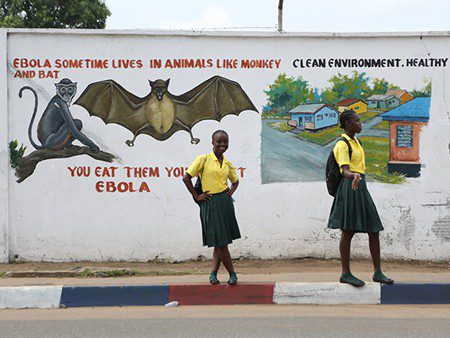
In health emergencies and disease flare-ups, people need news on-the-go. They need accurate information to make rapid decisions in what are sometimes life-threatening situations. Internews’ emergency information work in epidemics and pandemics is informed by a decade of experience in humanitarian response in natural disasters and conflict settings.
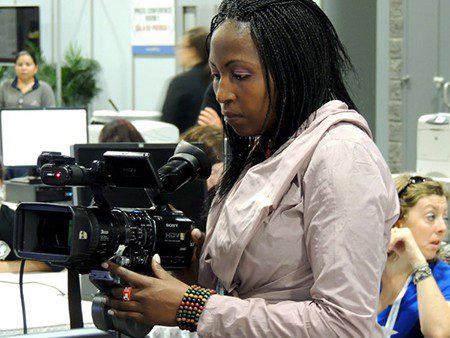
Public health reporting harnesses all the tools of journalism to help people make healthy choices about thorny cultural issues and long term health concerns that are an ongoing threat to development. Over 30 years’ specialization in media training, and mentoring equip us to help partners make sense of disease and interventions through impactful stories.
Featured Projects
Haiti: News You Can Use
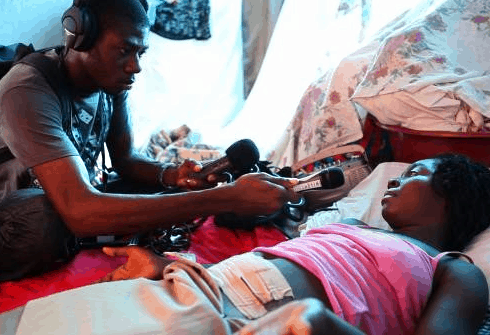
A hurricane swept through Haiti and in its wake came cholera. Internews responded with information about where people can access clinics, what symptoms indicate illnesses like cholera, malaria, and typhoid, and what people can do to prevent illness. Extensive research in Haiti shows people want health-related information. Public information and effective community outreach identified by World Health Organization (WHO) as the single most effective way of tackling cholera. (Partners: USAID-OCHA)
Kenya: Health Voices Amplified
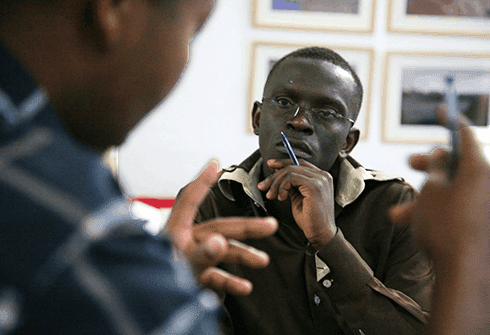
Family planning and safe births in Kenya. This training program is for journalists and health service providers. Journalists are given expert guidance to report on maternal health and the wellbeing of newborn children. Health providers get guidance on effective media relations and together they drive a dynamic system to accurately inform the public and create demand for practices for a safe and healthy family. (Partners: DFID-Options)
Myanmar: Say No to HIV Stigma
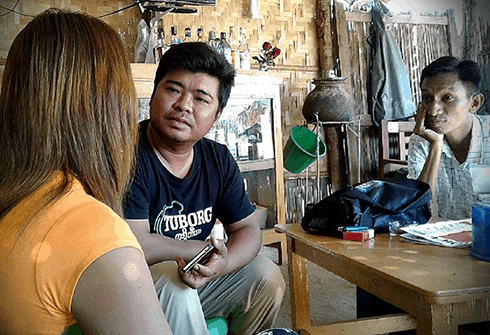
Training for journalists on harm reduction for key populations. Kachin and Shan States in the north have the highest rates of HIV in Myanmar. The most vulnerable populations, those who use intravenous drugs, men who have sex with men and sex workers were made more vulnerable by sensationalist reporting. This program changed that through factual stories with a neutral tone and through igniting media conversations that help to change norms and attitudes. (Partner: UNAIDS)